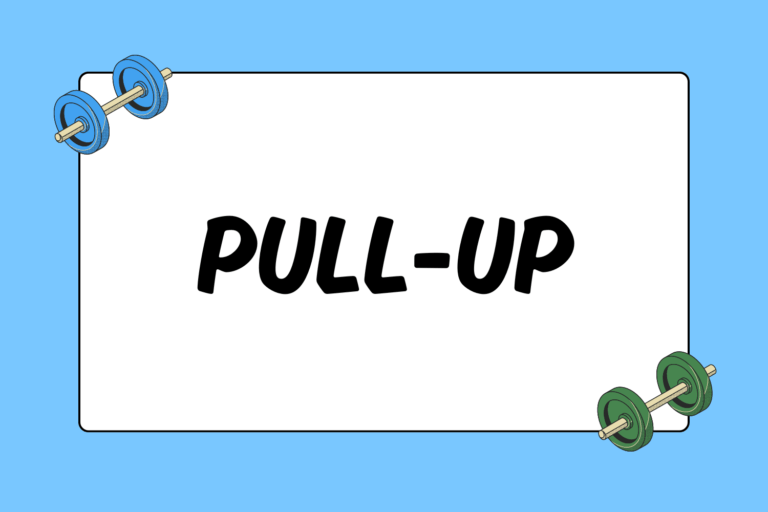Although physical therapists first discovered the benefits of resistance band exercises, the bands gradually stretched their way into mainstream fitness arenas. These elastic training tools come in a variety of shapes and sizes, and manufacturers color-code the bands according to their level of resistance. Some companies even design devices that let you combine two bands together, enabling you to fine-tune the resistance in small increments. This guide highlights the benefits of elastic resistance training, and it explores the different types of resistance band exercises.
Practical Benefits of Resistance Bands
Life has a habit of getting in the way of an exercise routine. When you can’t get to the gym, elastic resistance bands eliminate your excuses for missing a workout. Their benefits include:
- Affordability: Most resistance bands cost less than $15.
- Portability: Elastic exercise bands are lightweight, and they easily fold for travel.
- Space saving: Unlike large exercise machines, bands require a minimal amount of space.
- Versatility: Resistance bands facilitate strength, flexibility, aerobic conditioning, and sport-specific exercise.
Elastic Resistance Performance Perks
When resistance band training first debuted at local fitness centers, some people assumed that the exercises would be too easy to be beneficial. They soon discovered that this was not their grandma’s workout! Elastic band exercises offer performance perks that, in some cases, make them even more effective than traditional strength training. Below are a few examples:
Multi-directional Movement
Weight-training machines only allow exercise in one plane of movement. Real-life activities take place in multiple directions, and in different planes of motion. Resistance band exercises allow you to move in many different directions and planes of movement.
Accommodating Resistance
Bands offer minimal resistance at the start of the exercise, when your muscles are at their weakest. However, the elastic resistance increases as you perform the exercise, which is called “accommodating resistance.”
Challenge & Assistance
Depending on the exercise, elastic resistance bands either add challenge or, in some cases, provide assistance. The Pilates roll-up exercise is an example. Most people easily perform the rollback phase of the exercise, but people with tight lower backs or hip flexors have difficulty rolling up from the floor. Bending your elbows shortens the band and increases the difficulty of the rollback phase. Straighten your arms during the rollup phase, and use the band to help pull you up to the starting position.
Types of Bands
Different types of elastic resistance bands accommodate different types of exercises. Pilates instructors often use the wide, flat bands for leg and abdominal exercises. Since these come without handles, they’re less comfortable for upper body exercises. In contrast, tubing — which resembles a jump rope — comes with ergonomic handles on each end, which is ideal for upper-body and standing leg workouts.
Some companies make removable handles so that you can substitute an ankle cuff for a handgrip. Other manufacturers make small attachment devices, which allow you to secure the bands to a stable object.
Circular bands, which form a loop around your ankles, work best for side-lying leg exercises. Power bands are the newcomers on the elastic resistance bandwagon, and they’re mostly used for plyometric exercises.
Flexibility Exercise
The length of your limbs may hinder your ability to effectively stretch your muscles. The supine hamstring stretch provides a clear example of this problem. If your arms are relatively short, you will not have the leverage required to pull your leg toward your body. A wide, flat band is suitable for this stretching exercise.
- Lie supine with your legs extended. Wrap the resistance band around one foot, and hold each end with each hand.
- Breathe in. As you exhale, use the band to gently pull your leg toward your body.
- Repeat until you’ve reached your maximum stretch. Then hold the stretch for 30 to 60 seconds. Repeat the stretch with the other leg.
Hot Tip: Move Smooth
Sharp, jerky movements may tear the resistance band. In fact, jerky movements could also tear your muscles. Use fluid, controlled movements in both phases of the exercise.
Rotational Workout
Tennis, golf, baseball, and many other activities require rotational movements. Athletic coaches often use the woodcutter exercise for sport-specific rotational training. This exercise works your obliques, which are the abdominal muscles running diagonally across your stomach.
- Fold an elastic tubing band in half, and secure the attachment device to the center of the band.
- Attach the tubing to the top of a door.
- Close the door, and bring both handles together. Hold both handles with both hands.
- Stand with your feet about hip-width apart. Rotate your torso so that you reach upward toward the attachment point.
- Unwind your upper torso and reach downward toward your opposite foot.
- Perform 10 repetitions on each side.
- Reverse the set-up so that you attach the tubing to a stable object located on a point near the floor.
- Begin by reaching down toward the low attachment point. Then rotate your torso, bring the band across your body, and reach toward the ceiling.
The Band Walk
The band walk works your abductor or outer thigh muscles. It also works as sport-specific training for sports that require lateral-shuffling movements such as tennis, football, and basketball. Use the circular ankle band for this exercise.
- Place the band around both ankles.
- Stand upright with your knees in a relaxed position.
- Take a big step to your right with your right leg.
- Bring your left leg in to meet your right.
- Perform eight steps to the right and eight to the left.
- Repeat the cycle four times.
- Work your inner thighs or adductors by stepping out with one leg, and crossing the opposite leg in front of your lead foot.
Plyometric Training
Plyometric exercises increase strength and power. They also train your body to land from a jump with your knees bent, which is an important injury-prevention skill. The following exercise requires a heavy-duty power band and a special belt that attaches the band to your waist.
- Place the belt around your waist.
- Secure the band to the belt, and attach the opposite end to a stable object.
- Step sideways and walk away from the attachment point until the band is taut. The exercise intensity increases as you walk farther away from the attachment point.
- Stand with your feet hip-width apart. Jump to the side and land with your knees deeply bent.
- Continue for one minute, and then repeat on the other side.
Jumping on the Bandwagon
The freedom of movement provided by resistance band exercises allows you to be creative with your workouts. Once you become comfortable with the basics of band training, experiment by using them in conjunction with free weights and stability balls. You’ll never miss another workout!





